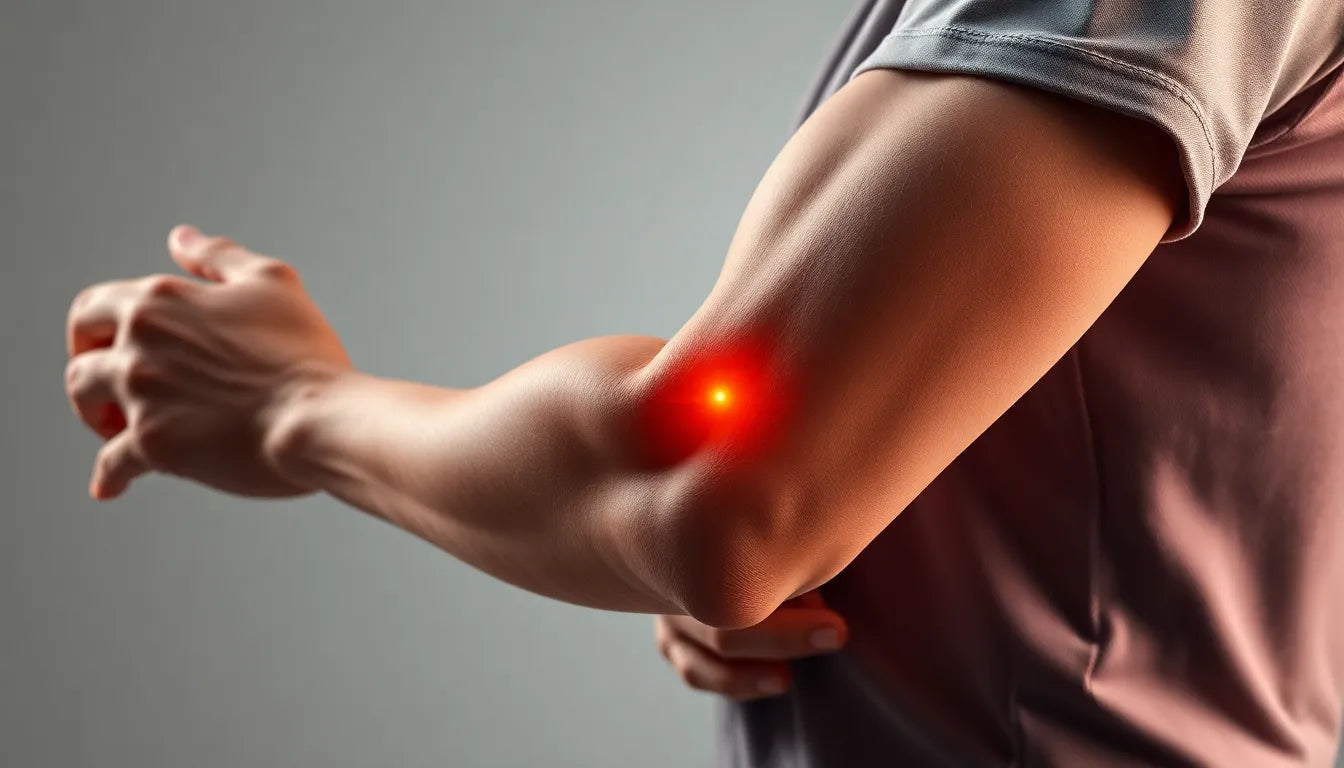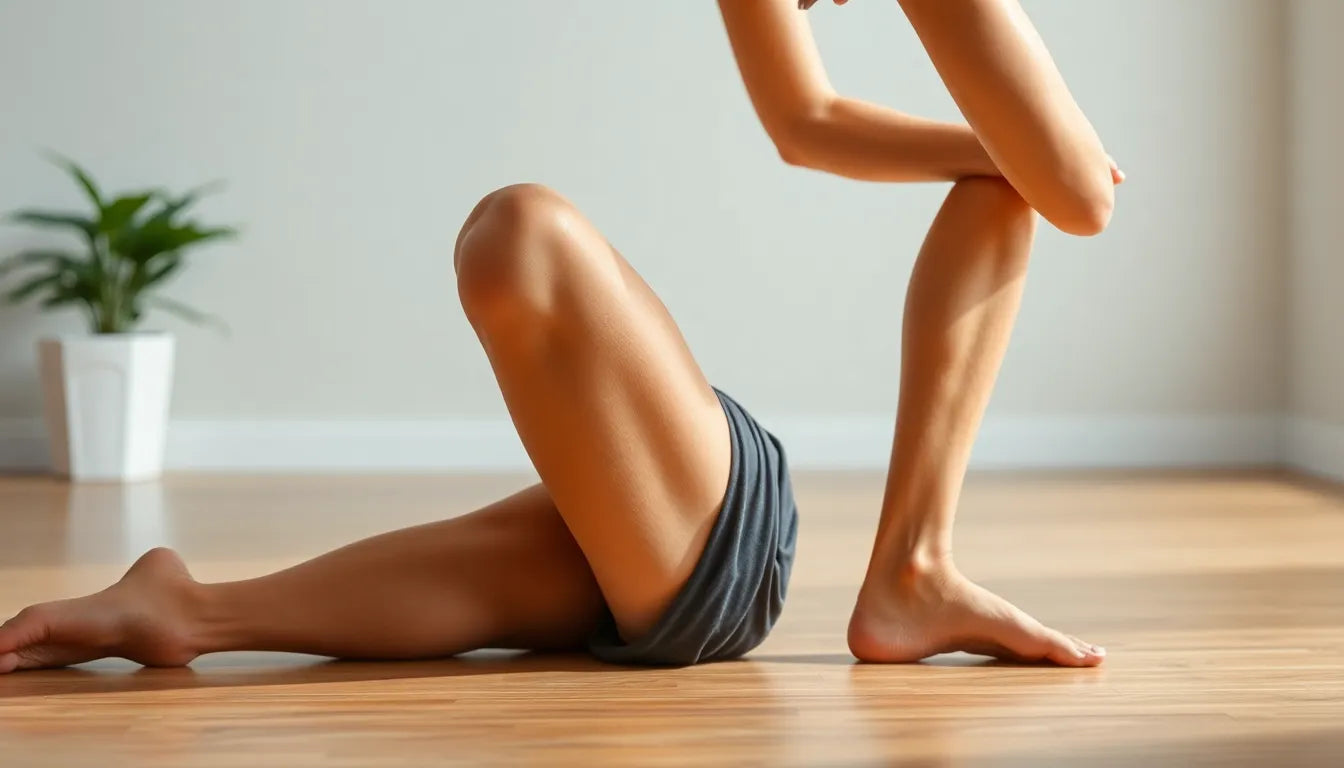Heel spurs can be a source of persistent discomfort, affecting your daily activities and overall well-being. These bony outgrowths develop on the heel bone, often causing pain when walking or standing for extended periods. Understanding heel spurs and their impact is crucial for anyone seeking to alleviate this discomfort and enhance mobility.
understanding heel spurs
Heel spurs are calcium deposits that form on the underside of the heel bone, typically as a result of long-term stress on the foot. They are often associated with plantar fasciitis, a condition characterized by inflammation of the plantar fascia—the connective tissue running along the bottom of your foot. This combination can lead to sharp or chronic pain, especially during the first steps in the morning or after prolonged inactivity.
Ignoring heel spurs can lead to increased discomfort and potentially more severe foot problems. Therefore, addressing them promptly is essential to maintaining your daily comfort and mobility. By understanding the nature of heel spurs, you can better appreciate the importance of targeted interventions.
the role of exercise and massage in treatment
Incorporating specific exercises and massage techniques into your routine can be highly effective in managing heel spur symptoms. Exercise helps by stretching and strengthening the muscles and tissues in the foot, improving flexibility and reducing stress on the heel. Meanwhile, massage enhances circulation, alleviates tension, and promotes healing by increasing blood flow to the affected area.
This holistic approach not only targets the symptoms but also addresses the underlying causes, offering a comprehensive strategy for relief. By combining exercises and massage, you create a synergistic effect that can significantly reduce pain and improve foot function.
overview of the guide
This guide will explore a series of exercises and massage techniques designed to provide relief from heel spurs. You'll learn how to perform toe stretches, use a tennis or golf ball for foot massage, and engage in strengthening exercises that target the foot and calf muscles. Additionally, the guide will cover deep tissue massage methods and mobilization techniques for related muscle groups.
Incorporating these practices into your daily routine can lead to long-term relief and prevent the recurrence of heel spur symptoms. By following this guide, you'll be equipped with the tools and knowledge needed to manage heel spur discomfort effectively and enhance your overall foot health.

Lumbar support belt
Provides lower back support and adjustable compression for all-day relief and stability.
toe stretch for plantar fascia
Stretching the plantar fascia is a fundamental step in relieving heel spur discomfort. The plantar fascia is a thick band of tissue that runs along the bottom of your foot, and when it becomes tight, it can exacerbate heel spur pain. Regular stretching helps to alleviate this tension, improving flexibility and reducing pain.
Instructions:
- Sit in a comfortable position with one leg crossed over the other.
- Gently grasp your toes and pull them towards you until you feel a stretch in the arch of your foot.
- Hold this position for 10-30 seconds, ensuring you don’t overstretch.
- Repeat this exercise several times daily to maintain flexibility and reduce tension.
tennis or golf ball roll for foot massage
Using a tennis or golf ball for a foot massage is an excellent way to reduce muscle tension and enhance circulation in the foot. This technique not only addresses the immediate discomfort but also aids in long-term relief by promoting blood flow and reducing inflammation.
Instructions:
- Sit or stand with a tennis or golf ball under your foot.
- Gently roll the ball back and forth from your heel to your toes, applying gradual pressure.
- Continue this motion for 1-2 minutes daily, adjusting the pressure to what feels comfortable yet effective.
towel pickup for strengthening
Strengthening the muscles in your foot is crucial for preventing conditions like plantar fasciitis, which often accompany heel spurs. The towel pickup exercise is a simple yet effective way to enhance muscle stability and support around the heel.
Instructions:
- Place a small towel on the floor.
- Use your toes to grab and lift the towel, holding it for a few seconds before releasing.
- Perform several repetitions with each foot, gradually increasing the number as your strength improves.
standing calf stretch
Calf stretches play a pivotal role in maintaining foot stability and reducing stress on the heel spur. Stretching the calf muscles can help alleviate pressure on the plantar fascia and improve overall foot function.
Instructions:
- Stand facing a wall, placing your hands on the wall for support.
- Position one foot forward and the other back, keeping the back leg straight and the heel on the ground.
- Lean forward gently until you feel a stretch in the calf of your back leg.
- Hold the stretch for 15-30 seconds before switching legs.
deep tissue massage for heel
Deep tissue massage is beneficial in increasing blood flow and reducing inflammation around the heel area. This technique targets the deeper layers of muscle and connective tissue, offering relief from chronic pain and promoting healing.
Instructions:
- Use your fingers or a massage tool to apply firm pressure to the heel.
- Move in circular motions, focusing on tender spots for several minutes.
- Ensure the pressure is firm but comfortable, avoiding any pain during the massage.
sacroiliac joint mobilization
Mobilizing related muscle groups, such as those around the sacroiliac joint, can complement heel spur treatment. This exercise helps to relieve tension in the lower back and hips, indirectly benefiting the foot's biomechanics.
Instructions:
- Lie on your back with your knees bent and feet flat on the ground.
- Gently rock your knees from side to side, feeling the stretch in your lower back and hips.
- Repeat this motion for several minutes, focusing on a smooth and controlled movement.
By incorporating these exercises and massage techniques into your daily routine, you can significantly alleviate heel spur discomfort. This proactive approach not only targets the immediate symptoms but also strengthens and supports the foot, reducing the likelihood of future issues. Remember, consistency is key to achieving long-term relief and enhancing your overall foot health.

Men's Posture Shirt™ - Black
Patented shirt to support posture, activate muscles, and relieve tension or pain.
combining techniques for optimal results
To effectively manage heel spurs, a comprehensive treatment strategy is essential. This involves not only engaging in specific exercises and massage techniques but also incorporating additional methods such as rest, orthotic support, and temperature therapy. Rest allows the foot to heal naturally from daily stress, while orthotic support, like custom insoles, can help distribute pressure more evenly across the foot. Temperature therapy, including alternating ice and heat applications, can further reduce inflammation and promote healing.
It's crucial to listen to your body and adjust your regimen as needed. If you experience persistent pain or discomfort, seeking professional guidance from a healthcare provider such as a physiotherapist or podiatrist is advisable. They can provide personalized advice, ensure proper technique, and help prevent injury. This tailored approach not only enhances the effectiveness of your treatment plan but also ensures long-term relief and improved foot health.
frequently asked questions
What causes heel spurs?
Heel spurs are often caused by repetitive stress and strain on the foot, leading to the development of calcium deposits on the heel bone.
How often should I perform these exercises and massages?
For optimal results, aim to incorporate these exercises and massages into your daily routine. Consistency is key to effectively managing heel spur symptoms.
Can I use other tools for massage?
Yes, you can use various tools such as massage rollers or specific foot massagers to enhance the massage process. Ensure they are used correctly to avoid discomfort.
When should I see a professional?
If you experience persistent pain despite regular exercise and massage, it is advisable to consult a healthcare professional for further evaluation and tailored treatment options.
Are there any precautions to consider?
Yes, avoid applying excessive pressure during massages and stop immediately if you experience pain or discomfort. Always perform exercises within your comfort range to prevent injury.
By integrating these practices and addressing heel spurs with a holistic approach, you can significantly enhance your foot health and overall well-being. Remember, a proactive and consistent approach is essential to achieving long-term relief and preventing the recurrence of heel spur symptoms.
Kilder
- RaskRask. "Hælspore Symptomer og Behandling."
- Zency. "Øvelser mod Hælspore."
- Løbeshop. "Hælspore: Årsager og Behandling."
- Aarhus Osteopati. "Behandling af Hælspore."
- Hasselager Fysioterapi. "Træningsprogram til Hælsporer."
- Frederiksberg Osteopati. "Hælspore og Hælsmerter: Årsager, Behandling og Forebyggelse."


















